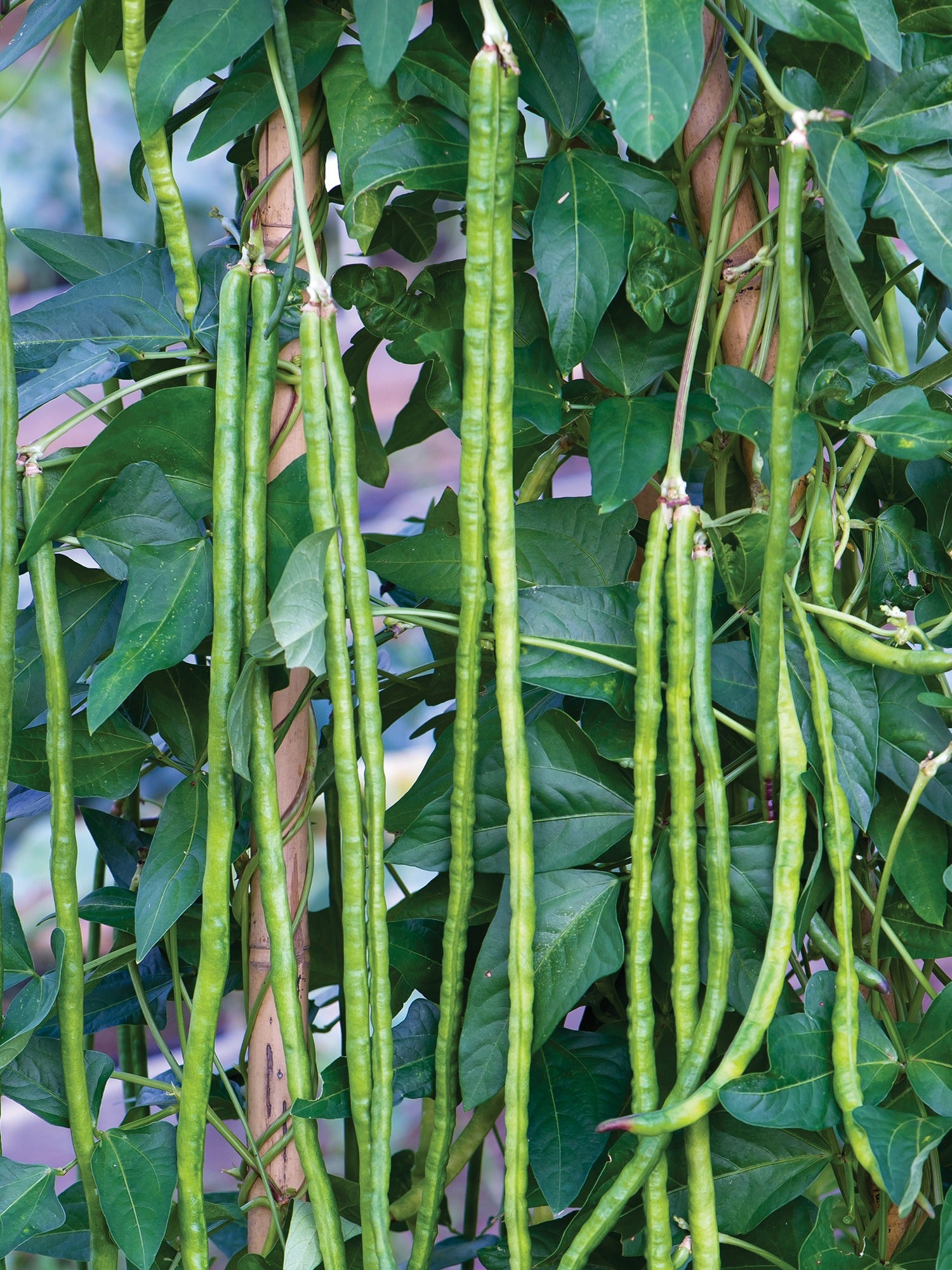Top 5 Practical Ways to Clean Strawberries Quickly for Freshness in 2025

Effective Ways to Clean Strawberries with Vinegar for Ultimate Freshness in 2025
Keeping strawberries fresh and safe to eat is essential, and knowing how to clean strawberries correctly can make all the difference. Making use of a natural solution such as vinegar enhances the effectiveness of cleaning while ensuring the fruits remain appetizing. In this article, we will explore various methods and techniques for cleaning strawberries with vinegar that will keep your strawberries tasting delicious and looking vibrant. Let’s dig into the top techniques!
Understanding the Benefits of Cleaning Strawberries with Vinegar
Using vinegar for cleaning fruit, especially strawberries, offers numerous benefits. The acid in vinegar acts effectively as a natural disinfectant, which helps eliminate bacteria present on the surface of fruits. Moreover, vinegar can assist in removing pesticide residues, making strawberries safer and healthier to consume. By incorporating vinegar into your strawberry cleaning tips, you can create a cleaner, safer food experience.
How Vinegar Works as a Cleaner
The antimicrobial properties of vinegar make it a popular choice among health enthusiasts looking for safe strawberry cleaning methods. When mixed with water, vinegar's acidity helps break down any unwanted residues on strawberries, making it easier to wash them. This combination ensures that you'll not only remove visible dirt and contaminants but also enhance the overall cleanliness of your fruit. The best proportion for a vinegar solution would be one cup of vinegar per three cups of water, allowing for an effective cleaning process.
Cleaning Strawberries: Vinegar Solution Preparation
Creating a vinegar solution for strawberries is a straightforward process. Begin by selecting a clean bowl or large container. Mix the vinegar with water as mentioned above. Once the solution is prepared, add the strawberries gently into the mixture and let them soak for about 5 to 10 minutes. This vinegar and water cleaning method will help in loosening dirt, killing harmful bacteria, and removing any residual pesticides.
Pro Tips for Washing Strawberries with Vinegar
When cleaning strawberries at home, it’s essential to remember a few key tips. First, avoid using hot water, as this may cause the strawberries to become mushy. Also, be gentle when rinsing strawberries under running water after soaking to prevent bruising. Finally, pat them dry with a clean cloth or paper towel to maintain optimal freshness. Following these tips will ensure you are using effective ways to wash strawberries.
Detailed Strawberry Washing Techniques
Now that we have established the benefits of cleaning strawberries with vinegar, let's explore some practical methods and strawberry washing techniques that you can implement.
Soaking Method: A Step-by-Step Guide
The soaking method is one of the most effective techniques for using vinegar in washing strawberries. Start by preparing a solution as mentioned before. Place the strawberries in the bowl and allow them to soak in the vinegar solution. After soaking, gently agitate the berries with your hands to ensure that they are being thoroughly cleaned. Rinse under cold running water to remove the vinegar taste, making sure to check for any remaining dirt or residues before drying.
Vinegar Rinse: A Quick Alternative
If you’re short on time and need a quick rinse for your berries, use the vinegar rinse for strawberries method. In a spray bottle, mix equal parts of vinegar and water. Spray the strawberries evenly, allowing the mixture to cover each berry’s surface. After a few moments, rinse the strawberries under cold water. This quick approach is also effective for cleaning fruits in preparation for salads or desserts.
Organic Strawberry Cleaning: Choosing Natural Alternatives
While vinegar is highly effective, some individuals may prefer to utilize other natural strawberry cleaners. Options include citric acid, lemon juice mixed with water, or even utilizing baking soda as part of the cleansing process. All these methods emphasize the importance of using eco-friendly solutions while maintaining food safety.
Maintaining Freshness After Cleaning
After you've successfully cleaned your strawberries, it's crucial to ensure they remain fresh and flavorful as you store them. A few tips on preserving strawberry freshness will ensure you enjoy them for longer.
Storing Cleaned Strawberries Properly
When preserving fresh strawberries, aim to dry them thoroughly after washing, as excess moisture can lead to spoilage. Store cleaned strawberries in a breathable container, such as a produce basket or a bowl lined with paper towels, and place them in the refrigerator. This allows for optimal air circulation, helping to maintain their freshness for days, if not weeks.
Best Practices for Washing Strawberries Before Use
Always wash strawberries before eating or cooking with them, ensuring you follow the cleaning tips provided previously. By incorporating this final cleaning step, you’ll avoid any lingering contaminants and maximize the strawberries’ health benefits. This will enhance their flavor and promote better health through safe consumption.
Enhancing Strawberry Flavor and Safety
Pesticide removal and ensuring that your berries are free from harmful chemicals greatly contribute to retaining their sweet flavor. Follow the cleaning strawberries thoroughly steps we've covered here, and you'll enjoy a much tastier and safer berry experience.
Key Takeaways
- Utilize a vinegar solution to enhance the cleaning process of strawberries, effectively removing dirt and pesticides.
- Proper soaking and rinsing techniques will ensure your strawberries remain flavorful and safe to eat.
- Store cleaned strawberries correctly to maintain freshness and prevent spoilage.
- Choosing organic or natural alternatives can enhance confidence in your cleaning methods.
FAQ
1. How can I ensure that I remove pesticides from strawberries effectively?
Using a vinegar solution for strawberries is highly effective for removing pesticides. Mix one part vinegar with three parts water, soak the strawberries for 5-10 minutes, then rinse thoroughly.
2. What’s the best method to clean strawberries if I’m short on time?
The vinegar rinse is a quick method. Simply spray a mixture of equal parts vinegar and water directly onto the strawberries, let it sit for a few moments, then rinse with cold water.
3. Are there any alternative cleaning solutions for strawberries?
Yes, alternatives include lemon juice or a baking soda solution. These natural options can also help in removing dirt and pesticides while being eco-friendly.
4. Can cleaning strawberries with vinegar affect their taste?
No, if rinsed properly after soaking, a vinegar solution should not affect the strawberries' taste. It effectively cleans them without leaving a vinegar flavor.
5. How should I store cleaned strawberries for maximum freshness?
After washing, it’s important to dry them thoroughly and store them in a breathable container in the refrigerator to maintain their freshness and flavor.
6. Is it necessary to wash strawberries if I buy organic ones?
Yes, even organic strawberries should be washed to eliminate any dirt or residual bacteria from handling, ensuring they are safe and ready to eat.
7. What are some simple hacks for maintaining my strawberries' freshness longer?
In addition to proper cleaning, refrigerate your strawberries in a breathable container, avoid washing them until you're ready to eat, and remove any moldy berries immediately to extend their freshness.

